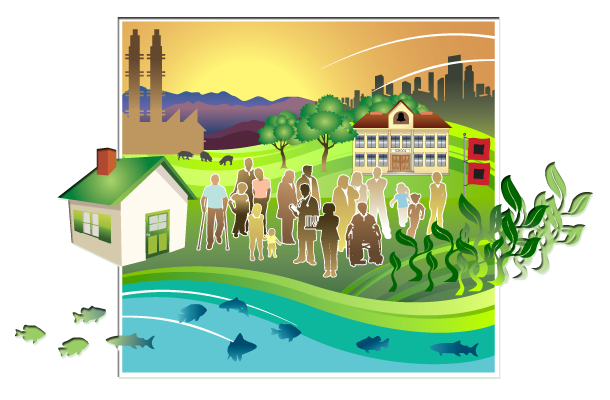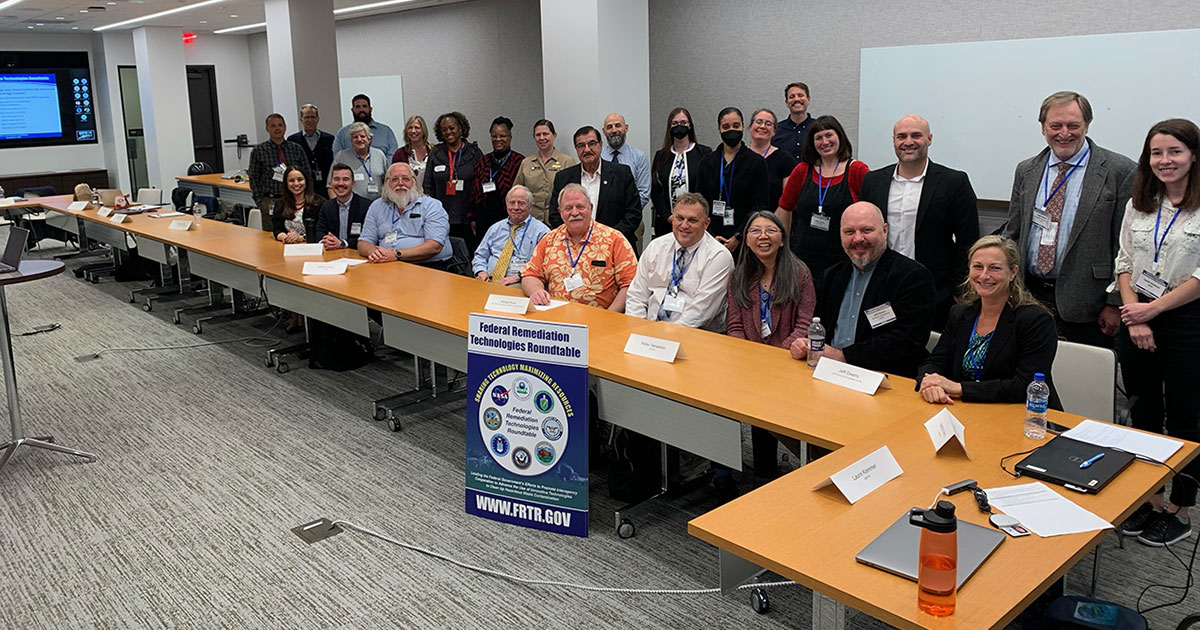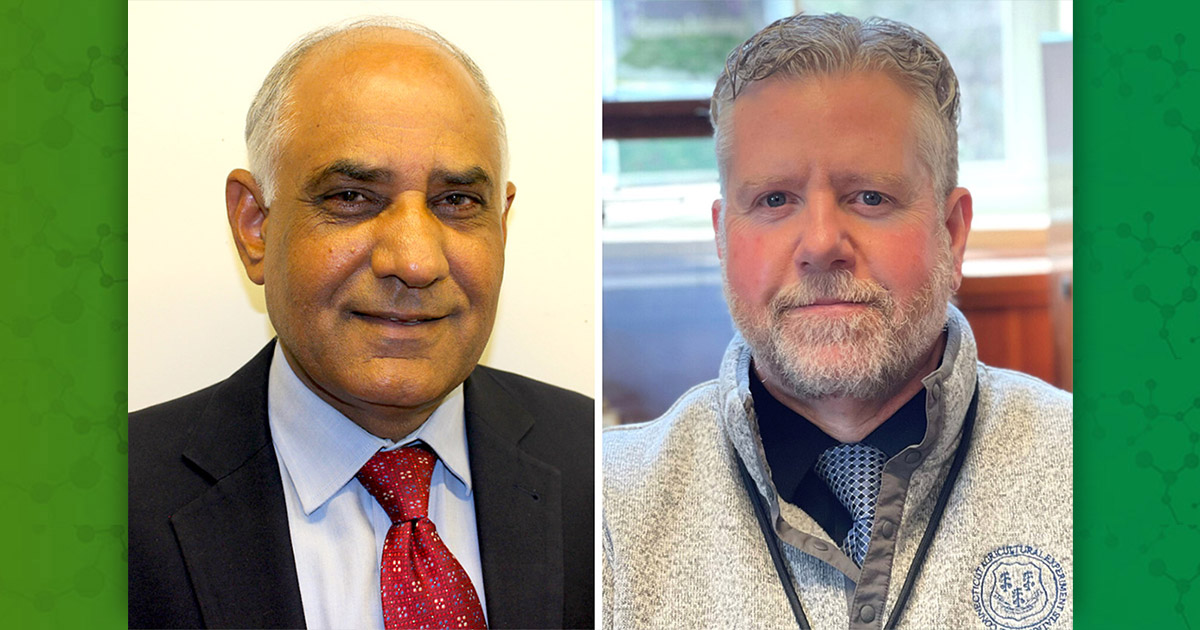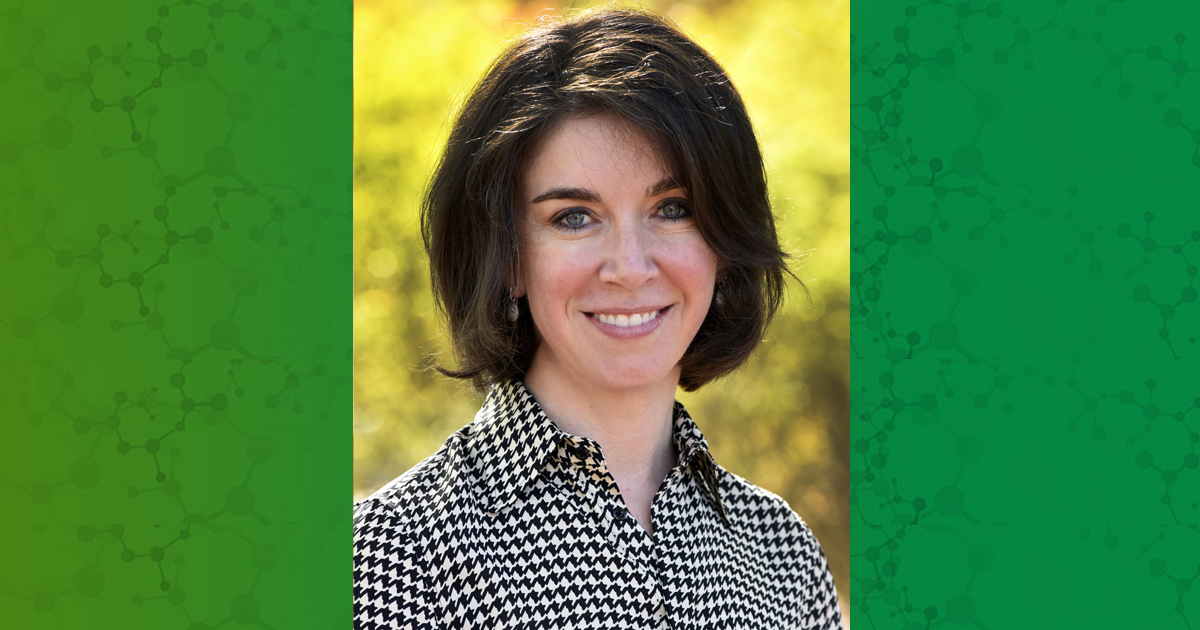New Environmental Justice Index Characterizes Toxic Metals in North Carolina Wells

(Photo courtesy of Cottonbro Studio from Pexels)
Researchers at the University of North Carolina at Chapel Hill (UNC) adapted an existing environmental justice index to characterize toxic metals from North Carolina drinking water wells. Their adaptation allowed inclusion of factors related to social disadvantage. A July 2022 paper describes their process. The authors state their new indices identified areas of potential environmental injustice from private well water contamination in North Carolina. In turn, results may be used to advance the provision of equal protection of communities against environmental hazards.
Drinking Water Supply as an Environmental Justice Issue in North Carolina
Households may rely on wells in areas not reached by public water supplies. These homes are often in rural areas; however, in North Carolina, historical practices excluded areas with a large racial minority population from the public water supply. Earlier in 2022, UNC researchers documented that thousands of wells throughout the state are contaminated with toxic metals.
Toxic metals of concern in North Carolina wells include arsenic, cadmium, manganese, and lead. Exposure to these metals is associated with various health issues, such as cancer, kidney impairment, poor cardiovascular outcomes, and neurological disorders. The Environmental Protection Agency (EPA) sets limits on the concentration of each of these metals in drinking water, which are only enforceable in public drinking water systems.
“Our previous research on private well water found thousands of tests with concentrations of arsenic, manganese, and lead, which exceed EPA limits,” stated Rebecca Fry, Ph.D., principal investigator of these NIEHS-funded studies. “Knowing about historical injustices, which excluded racial minority communities from public water supplies and have required them to use private wells instead, we wanted to examine how demographic factors relate to well contamination. This motivated us to develop the toxic metal environmental justice index.”

(Photo courtesy of Steve Johnson from Pexels)
Developing the Toxic Metal Environmental Justice Index
The index calculates the combined effects of socioeconomic disadvantages and environmental exposures. It includes two values that are also found in EPA’s EJScreen: a demographic index value based on census tract records, and an index representing environmental exposures—in this case, toxic metals in well water.
To determine the demographic value for each census tract, researchers compared the proportion of minorities and low-income households to the state’s overall minority and low-income populations. With this approach, census tracts with proportionally more minorities and low-income households than the state have a positive value, whereas tracts with fewer such households have a negative value.
To calculate the environmental exposure index, the researchers used their previously published NCWELL database, a compilation of more than 20 years of well water test results across North Carolina. The researchers used the database to determine how many tests per census tract exceeded EPA limits for arsenic, cadmium, manganese, and lead. The more contaminated wells per census tract, the greater the environmental exposure index value. When combined with the demographic index, a large positive value would indicate a census area with a high proportion of minorities or low-income households with greater well contamination.
Using the Index to Determine Areas at Risk of Adverse Exposures
Researchers calculated index values for all census tracts throughout the state. They focused on areas with positive index values — areas with greater proportions of minorities and low-income households and high levels of metals in well water. They determined that most of the positive values are found in the eastern part of the state and in areas between urban areas and rural areas. Researchers then identified counties with the highest number of census tracts with positive environmental justice index values. Importantly, several counties were identified as having high levels of contamination by all four metals studied, indicating greater risks to those communities.
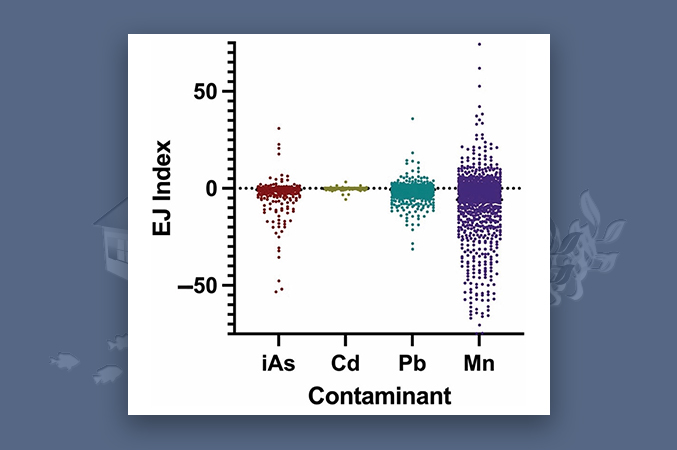
Results from the study showing the index values for all North Carolina census tracts for the four metals studied: inorganic arsenic (iAs), cadmium (Cd), lead (Pb), and manganese (Mn). (Figure courtesy of study authors.)
“Our research focused on the values that showed areas where more low-income and minority communities live because we are interested in finding areas that may be suffering from environmental injustices,” clarified Fry. “We found that areas with a lower proportion of low-income and minority residents also experience high levels of well contamination, but the index can help show the need for support in areas with fewer resources to address contamination.”
Social disadvantages can make efforts for improving the quality of well water more challenging. For example, exposure to well water contamination can be mitigated by installing filters in sink taps in the home. However, the cost of such filters may mean they are not a realistic solution for many low-income individuals.
In the future, the researchers aim to further refine the index with updated census data and incorporate these data into the NC Enviroscan tool, which was developed by the UNC Superfund Research Program and key stakeholders in the community. The researchers hope that state and county officials will use the index to identify communities in need of remediation or further well testing to reduce residents’ exposure to toxic metals.
NIEHS-funded Researcher Talks About Climate Change and Health
Natasha DeJarnett, Ph.D., spoke at the American Public Health Association’s November 2022 conference about how climate change and natural disasters affect health. DeJarnett, a researcher with the NIEHS-funded Center for Integrative Environmental Health Studies at the University of Louisville and fellow with the White House Council on Environmental Quality, explained that extreme heat, poor air quality, drought, and flooding can bring about changes in vector-borne diseases and increase risk for respiratory diseases, heat-related illnesses, cardiovascular disease, and diseases related to poor nutrition. She then spoke about the disproportionate burdens of climate change on some communities of color and on people with lower income, using the example of redlining. Although the practice of redlining has ended, communities that were formerly redlined are more likely to be an urban heat island, to be in a flood zone, and to have poor air quality, all of which create more of a burden for diseases such as asthma. Lastly, DeJarnett spoke about centering health and equity in policy decisions and using community-based participatory research to help communities plan for and mitigate the effects of climate change. You can watch the short video of her talk.
Tracking Costs and Resources Used in Community Engagement Research
A team of NIEHS-supported researchers and community engagement partners documented the types and costs of resources used for community engagement in projects that focused on equity in COVID-19 testing and vaccination. The team undertook this work to better understand the cost and types of resources associated with community engagement in public health implementation. They published their findings in a March 2022 paper. The team tracked efforts across three phases (startup, early, and maintenance) in projects which included facilitated group discussions among community organizers, health center providers and administrators, and public health researchers about current and desired conditions. In the paper, the authors describe the tracking method and suggest that it can be used for other community engagement work. They also provide recommendations for planning for and assessing costs associated with meaningful community engagement. For example, they emphasize the importance of accounting for necessary resources during proposal writing. They further suggest that community partners should be engaged in estimating these costs. The authors plan to expand their research in the future by working with community engagement partners to track more costs and resources.
New Guides for Heat Mitigation Policies and Climate Change Resilience
In 2022, the U.S. National Oceanic and Atmospheric Administration supported development of two resources that can help communities and local governments coordinate strategies around various aspects of climate change. The first, developed in conjunction with the American Planning Association, is the Plan Integration for Resilience Scorecard for Heat. Community planners can use this guide to analyze how heat mitigation policies are integrated into community planning and to better target heat mitigation policies in high-risk areas. A freely available guidebook has instructions and worksheets for applying the methodology and a summary of findings from the pilot test of the plan. The second resource, Implementing the Steps to Resilience, is a handbook for climate adaptation practitioners who work with local governments and community organizations. The guide is meant to facilitate the inclusion of climate risk considerations into long-term decision-making and provides practical information on topics such as how to identify community assets, hazards, and stressors; the importance of understanding community history and defining equity-centered goals; and assessing community vulnerability and risk. Accompanying online resources describe information on the climate resilience funding system, how to center equity, and the importance of evaluating adaptation practices.
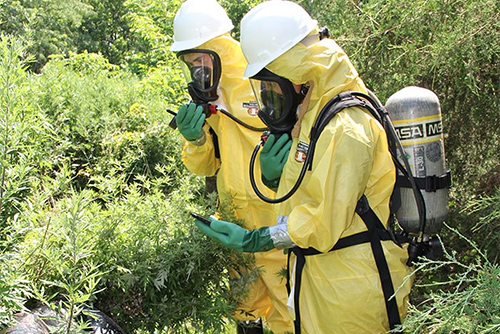
PEPH Environmental Health Chat Podcast Series
Combining Technology and Training to Protect Worker’s Health
PEPH Environmental Health Chat Podcast Series
Combining Technology and Training to Protect Worker’s Health
The NIEHS Worker Training Program provides funding for organizations and businesses that support worker health and safety. In this podcast, two program grantees discuss their work to promote hazardous materials training. Cesar Bandera, Ph.D., an electrical engineer, and founder of the small business CellPodium, has developed a cell phone-based technology that helps workers respond to and clean up hazardous materials. He works with Mitchel Rosen, Ph.D., associate professor at Rutgers University School of Public Health and principal investigator of the Atlantic Center for Occupational Health and Safety Training, who specializes in training workers in health and safety.
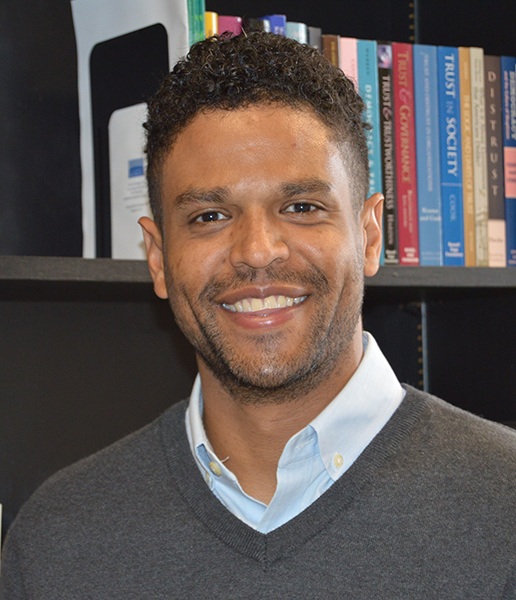
PEPH Grantee Highlight
Joseph Hamm, Ph.D.
Joseph Hamm, Ph.D., a social scientist and lead for the Community Engagement Core within the Michigan State University Superfund Research Program, strives to define and measure trust between the public and the government. He works to create a deeper, fuller understanding of trust, one that crosses disciplines and helps different groups work collaboratively toward better outcomes for community health and safety. Over the course of his career, Hamm has worked with a variety of government organizations, including police departments, courts, public health departments, and other state and federal entities.
Funding Opportunites
Accelerating the Pace of Child Health Research Using Existing Data From the Adolescent Brain Cognitive Development (ABCD) Study (R01-clinical Trial Not Allowed)
Supports activities proposing to conduct analyses of existing ABCD Study data to accelerate the pace of research on child health and development, including: cross-sectional and/or longitudinal analyses; development of new or advanced statistical methods; and/or integration of ABCD data with other existing datasets that share common data elements. NIEHS is interested in applications that will use ABCD data resources to examine the contribution of environmental exposures on brain and development and to identify sensitive time windows of development that may confer individual susceptibility and also to identify protective factors that may mitigate environmental-induced changes. An R21 funding opportunity is also open.
Deadlines: June 5, 2022; October 5, 2022; February 5, 2023
Research to Action: Assessing and Addressing Community Exposures to Environmental Contaminants (R01 Clinical Trial Optional)
Encourages multidisciplinary projects to investigate the potential health risks of environmental exposures of concern to a community and to implement an environmental public health action plan based on research findings. Projects supported under this program are expected to employ community-engaged research methods to not only conduct research but also to seamlessly translate research findings into public health action. Check out the Research to Action Currently Funded Grantees webpage for a sense of the types of projects supported through this FOA.
Deadline: January 21, 2020
Notice of Special Interest (NOSI): Administrative Supplement for Research and Capacity Building Efforts Related to Bioethical Issues (Admin Supp Clinical Trial Optional)
Supports 1) research on bioethical issues to develop or support the development of an evidence base that may inform future policy directions, and/or 2) certain efforts to develop or augment bioethics research capacity. Applicants may propose to supplement parent awards focused on bioethics or to address a component related to bioethics in a biomedical research study. Note that applications must be within the general scope of the parent award. Areas of interest include but are not limited to issues related to the inclusion of Tribal members and American Indian/Alaska Native populations in biomedical research, issues related to health disparities and health inequity, and post-study obligations such as accessing and sharing benefits of research. NIEHS is interested in bioethics applications that address topics relevant to its mission and research priorities as provided in its strategic plan. Applications for this funding opportunity occur through Administrative Supplements to Existing NIH Grants and Cooperative Agreements (Parent Admin Supp Clinical Trial Optional).
Deadline: March 17, 2022
Notice of Special Interest (NOSI): Administrative Supplements to Recognize Excellence in Diversity, Equity, Inclusion, and Accessibility (DEIA) Mentorship
Supports administrative supplements to existing awards of scientists who are outstanding mentors and who have demonstrated compelling commitments and contributions to enhancing diversity, equity, inclusion, and accessibility in the biomedical sciences. Excellent mentorship and superior training are critical to the development of exceptional future scientists. This administrative supplement recognizes the crucial role great mentors play in the development of future leaders in the scientific research enterprise. As administrative supplements, the work proposed needs to be within the scope of the research or training that is already supported. The award must have a component related to mentoring. Examples include but are not limited to: a research education program that describes mentored research experiences, a career development section, a plan to enhance diverse perspectives, or a discrete objective related to mentoring.
Deadline: April 7, 2022
Implementation Research on Noncommunicable Disease Risk Factors among Low- and Middle-Income Country and Tribal Populations Living in City Environments (R01 Clinical Trial Optional)
Supports applications that propose implementation research to reduce the risks of noncommunicable diseases in the context of cities in low- and middle-income countries and/or among American Indian/Alaska Native populations in US cities, with the potential to equip policymakers and practitioners with evidence-based strategies for prevention and/or management of noncommunicable diseases among disadvantaged populations globally. NIEHS is interested in applications that are within scope of our 2018-2023 Strategic Plan, and focus on implementation research in partnership with LMIC and AI/AN populations that addresses environmental noncommunicable disease risk factors (e.g., air pollution, disaster risks attributed to climate change, etc.) in one or more city/ies. Specific areas of interest to NIEHS include, but are not limited to: implementation research focused on the uptake, scale-up and spread of multi-level and/or multi-sectoral interventions to reduce noncommunicable disease risks attributed to physical and built environmental exposures in cities; implementation research focused on how to improve the adaptive capacity of cities in the face of climate change and climate change related disasters; and implementation of interventions to reduce environmental NCD risks that consider social and structural social determinants of health.
Deadline: March 9, 2023
PHS 2022-2 Omnibus Solicitation of the NIH, CDC, and FDA for Small Business Innovation Research Grant Applications (Parent SBIR [R43/R44] Clinical Trial Not Allowed)
Enables U.S. owned-and-operated small businesses to conduct research and development that has a strong potential for commercialization. This award and the associated PHS 2022-2 Omnibus Solicitation of the NIH and CDC for Small Business Innovation Research Grant Applications (Parent SBIR [R43/R44] Clinical Trial Required) provide funds for small businesses to stimulate technological innovation in the private sector and strengthen the role of small business in meeting federal research and development needs. The related Small Business Technology Transfer announcements [PHS 2022-2 Omnibus Solicitation of the NIH for Small Business Technology Transfer Grant Applications (Parent STTR [R41/R42] Clinical Trial Not Allowed) and PHS 2022-2 Omnibus Solicitation of the NIH for Small Business Technology Transfer Grant Applications (Parent STTR [R41/R42] Clinical Trial Required)] aim to foster technology transfer through cooperative research and development between small businesses and research institutions.
Deadlines: January 5, 2023; April 5, 2023
Environmental Protection Agency (EPA) Environmental Justice Collaborative Problem-Solving Program (EJCPS) Cooperative Agreements
EPA’s EJCPS Cooperative Agreement Program provides financial assistance to eligible organizations working on or planning to work on projects to address local environmental and/or public health issues in their communities. The program assists recipients in building collaborative partnerships with other stakeholders (e.g., local businesses and industry, local government, medical service providers, academia, etc.) to develop solutions that will significantly address environmental and/or public health issues at the local level. Special consideration will be given to the following focus areas:
Deadline: April 10, 2023
Environmental Protection Agency (EPA) Environmental Justice Government-to-Government Program (EJG2G)
The EJG2G Program works to support and/or create model state activities that lead to measurable environmental or public health results in communities disproportionately burdened by environmental harms and risks. These models should leverage or utilize existing resources or assets of state agencies to develop key tools and processes that integrate environmental justice considerations into state governments and government programs. Special consideration will be given to the following focus areas:
Deadline: April 10, 2023
Environmental Health Sciences Core Centers (EHSCC) (P30 Clinical Trial Optional)
Invites grant applications for Environmental Health Sciences Core Centers (EHS CC). As intellectual hubs for environmental health science research, the EHS CC is expected to be the thought leaders for the field and advance the goals of the NIEHS Strategic Plan. The Core Centers provide critical research infrastructure, shared facilities, services and/or resources, to groups of investigators conducting environmental health sciences research. The structure of the Center should facilitate multi-directional interaction with communities and EHS CC members through the required Community Engagement Core (CEC). In addition, EHS Cores are expected to attract established and promising investigators into environmental health research and provide opportunities for career enhancement. Finally, this FOA requires a Plan for Enhancing Diverse Perspectives as part of the application. NIEHS will hold an informational webinar/Q&A session Friday January 20, 2023, from 1:00 – 3:00 p.m. EDT. Registration is available.
Deadline: April 19, 2023
Notice of Intent to Publish a Funding Opportunity Announcement for Reporting Back Environmental Health and Non-Genomic Research Results
NIEHS, in partnership with the NIH Office of Science Policy (OSP) and the All of Us Research Program, intends to publish a FOA for applications that identify, develop, and test strategies for reporting back environmental health and non-genomic research results to study participants and/or key partners. Applications will be sought that advance the field of reporting back of research results (RBRR) for environmental health and non-genomic research results to help establish best practices/guidelines through research and evaluation; improve understanding of perceived risks and benefits, challenges, and obstacles to inform the practice of RBRR; and better understand how RBRR can help improve health equity and reduce health disparities. Potential applicants are highly encouraged to contact Liam O'Fallon at NIEHS. The estimated date of publication of this FOA is April 3, 2023.
Deadline: June 5, 2023



